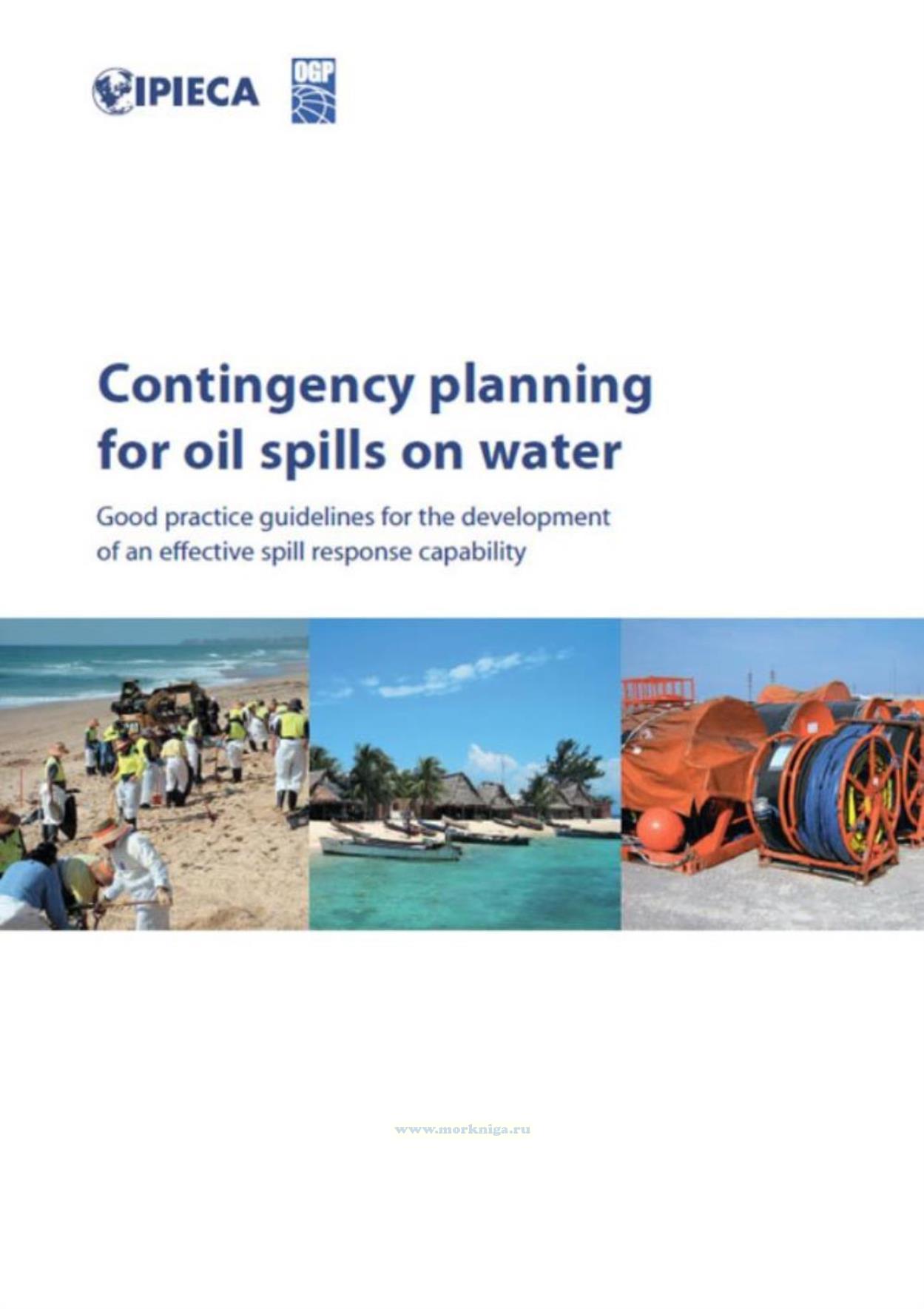Сб с 10 до 16
Contingency planning for oil spills on water (IPIECA - IOGP)/План действий на случай разливов нефти на воду
Книга на английском языке
This publication is part of the IPIECA-OGP Good Practice Guide Series which summarizes current views on good practice for a range of oil spill preparedness and response topics. The series aims to help align industry practices and activities, inform stakeholders, and serve as a communication tool to promote awareness and education.
Contents
Preface
Introduction
The contingency planning process
Tiered preparedness and response
The regulatory framework
International conventions and agreements
Regional and binational agreements
National and local legislation and regulations
Environmental and cultural conventions and agreements
Stakeholder engagement
Oil spill planning scenario development
Hazardous event identification and characterization
Likelihood
Release volume and discharge rate
Oil type and behaviour of spilled oil
Event location and prevailing conditions
Identify spill scenarios for consequence analysis
Spill scenario consequence analysis
Computer modelling of oil spills
Sensitivity mapping
Evaluate risk and select oil spill planning scenarios
Response strategy development
Net environmental benefit analysis
Determination of response capability
Tactical planning and resource identification
Tiered provision of resources
Supporting response elements
Waste management
Response communications
Wildlife protection and response
Sampling and monitoring
Crisis (external) communications
Funding and compensation
Contingency plan preparation
OSCP introduction
Integration with other plans
Initial actions
Notifications and reporting
Assessment
Response resources
Response management
Sensitive areas
Response strategy
Waste management
Decontamination
Demobilization and termination of the response
Response debrief
Appendices or supporting documents
Implementation
Training
Exercises and equipment deployments
Review and update
References and further reading
Annex 1: Preparing a contingency plan
Annex 2: Tactical response plan/handbook topics
Acknowledgements

